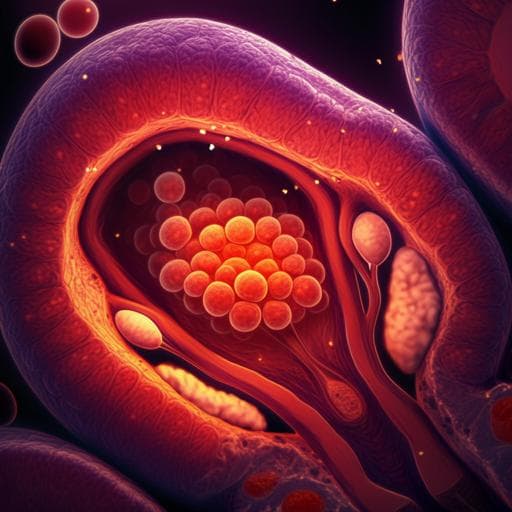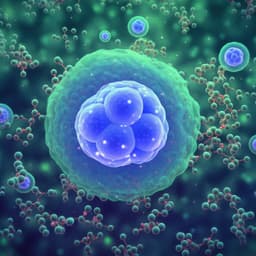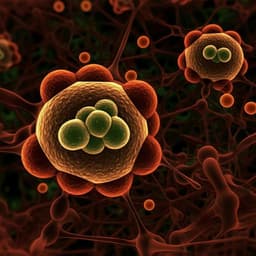
Veterinary Science
Ovarian follicular dynamics, progesterone concentrations, pregnancy rates and transcriptional patterns in *Bos indicus* females with a high or low antral follicle count
M. A. D. Lima, F. Morotti, et al.
Explore the intriguing findings of a recent study by prominent researchers including Marina Amaro de Lima and Fábio Morotti that delves into how antral follicle count (AFC) influences ovarian dynamics and pregnancy rates in Nelore cattle. Discover how low AFC could lead to surprisingly higher pregnancy rates and differential gene expression insights.
~3 min • Beginner • English
Related Publications
Explore these studies to deepen your understanding of the subject.







